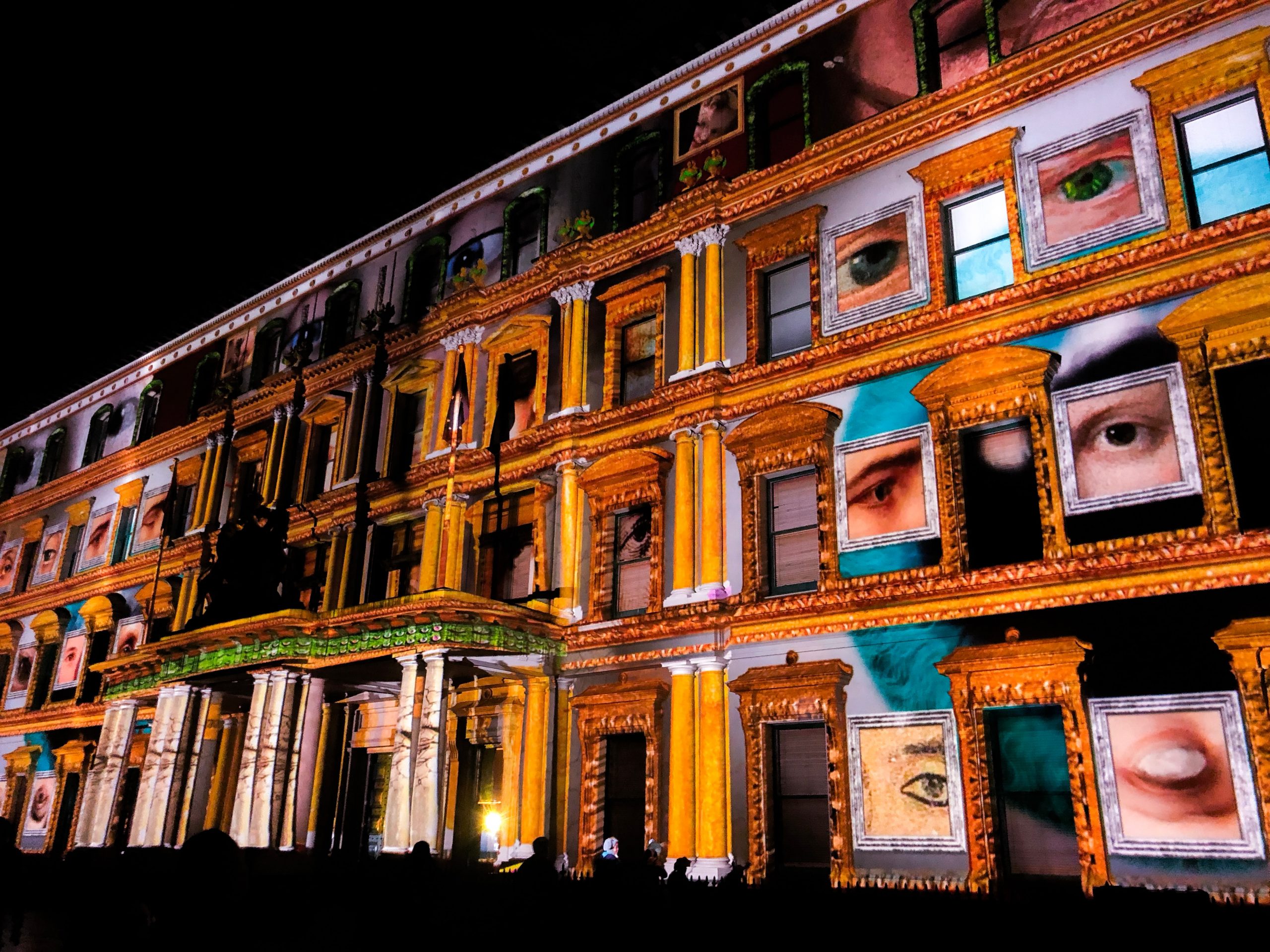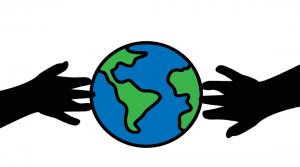I’ve been mulling over @ljensen’s comment on my last blog about ‘updating my worldview’ as pertains to creative confidence:
“I am wondering what it is about creative confidence that you find compelling? Judging from your questions, it seems to be something around taking risks and learning/recovering from failure.”
Thank you Lara for this thought provoking question! For me, like you, I see design thinking as a natural vehicle to improve creative confidence. My interest in this area was sparked by Sir Ken Robinson’s infamous TED talk ‘Do Schools Kill Creativity’ ? My curiosity was sharpened when David Kelley mentioned in ‘Creative Confidence’ that there is a moment early on in their development when children begin to stop seeing themselves as artists, they start to judge them selves and feel judged. This really resonated with me personally and I wanted to get back to my own personal creative pursuits, and felt compelled to bring that into a classroom context in the form of encouraging more ‘creative agency’ in my students in a bid to eliminate whatever self-talk is taking place to diminish their confidence in their own creative/maker-ability. Also, I am so aware of the gadgetry presented to us in this modern world … we don’t have to even get up off the couch to close the blinds, turn on the radio or start the coffee pot anymore … people seem to have machines to do everything and anything for them and I think this factors into our collective lack of creative confidence … “there’s an app for that” … so, what I find compelling about building creative confidence is the idea that we can encourage students to believe that they can solve their own problems, design and build their own solutions and contribute something meaningful to the world. I think it is a way to combat the apathy and lack of agency that the modern world sets us up to wallow in at times. Why should we make something if we can buy it? We should make something because it encourages a sense of pride and agency and even well being. This is creative confidence to me.
Throughout the fall I have continued to work to build our new course through experimenting with some ATLs (approaches to learning for those not in the IB world) meeting with other design teachers, a portraiture artist and gathering inspiration from following (on social media) interesting folks who bring fresh perspectives to the field of design.
Our first unit was geared towards digital design and allowed students to develop agency with Tinkercad, a 3D software as well as Adobe Illustrator. This unit also served as an Interdisciplinary Unit with Grade 8 English. Our statement of inquiry for the IDU was:
Personal & cultural expression is crafted and communicated through relevant forms.
To begin, students learned the basics of Adobe Illustrator and designed a logo for a partner to capture their identity in a design focussed ‘get-to-know-you’. At the outset there was excitement and trepidation, as we got into more of the tools of Illustrator some students really struggled with the program and I struggled with how to help them. It was challenging. One student in particular had a ‘full tears’ moment of frustration while trying to accomplish her vision in Illustrator, we had to slow down. I was able to empathize fully and we went back to basics until her confidence was restored. I felt this was a good time to do some explicit teaching of the value of positive self-talk to build student confidence and affective skills. I did some investigating and came up with a self-assessment based on the work of Lance King that provided me with some interesting insights into student mindset.
In order for students to demonstrate excellent technical skills when making the solution; they must practice managing self-talk by approaching new technology with a growth mindset.
I kept up with my class at ‘The Cube’ Technology School and benefited greatly from the knowledge and skill of our new Design Tech and the students kept learning … and eventually they started peer to peer support and I grew more confident in my ability to help. Yesterday I got an email from the parent of the student who had the ‘full tears’ moment earlier in the term. She was writing to say that her daughter is now quite interested in Design and would like to know how to further encourage her! I felt great! I am evolving with my students too, I notice it in the way I think about challenges both personally and professionally, I notice it when my reaction to something that is broken or not working properly is ‘let’s see if I can fix it myself’ … there is different ‘self talk’ in my mindset too. Below is the logo that one of my students created for me, her design opportunity was:
How might we design a logo that reflects Ms Campbell-Rogers love of the environment while incorporating her love of family?
I love it!
I was also able to visit UCC design teachers @mhoel, @ljensen, @tjagdeo, @sbarclay, and @echarbonneau to gather insights around types of assignments, scope and sequence in the middle years design program, interdisciplinary opportunities, timetabling, tech applications and materials management . It was a special treat to have a tour of their beautiful new design spaces both in the lower and upper schools; excellent insights into space, materials storage and furniture as BH is currently designing our new innovation and design space so these conversations were particularly helpful!
The other angle I am approaching my learning from is tied to the values work we have been doing as a school community. One of the values we have identified is inclusiveness. I have been inspired by conversations with my sons Grade 2 Teacher & Portraiture Artist Gordon Shadrach. Gordon’s portraiture work challenges stereotypes often projected upon Black men. Danielle Bryk, Owner / Curator at Gallery 181 encapsulates his approach this way: “Shadrach’s art brings much-needed representation to the cultural sphere of traditional “Western” portraiture that has long excluded the narratives of Black artists. Through exploring intersections of race, masculinity, class and sexuality, The Artist’s work reflects the complexities of Black experience.” Conversations with Gordon as well as with friends and colleagues around the process of ‘decolonizing art & curriculum’ got me thinking about the intersection of all of these things … the value of inclusiveness, representation, and the idea of decolonizing design. Gordon introduced me to OCAD’s Dean of Design, Elizabeth (@Dori_Danthro) Tunstall at an event and I began following her on social media – she was using a term I had never heard before … ‘respectful design’ Which in this article she defines as: “Respectful Design means valuing inclusivity, peoples’ cultures and ways of knowing through empathic and responsible creative methodologies. It means deepening our relationships to the lives of the materials that connect us to the craft of making. It means designing ourselves back into the environment. For example, adding Indigenous concepts of Seven Generations to inform sustainable design. It means celebrating need over want. Respectful design means acknowledging different values, different manners of production, and different ways of knowing.”
As a design teacher with a humanities background, I am electrified by this concept! If I am starting at the beginning, teaching design to middle schoolers how might I pursue interpreting the design curriculum in a more intentionally inclusive, respectful way and thus deepen the meaning of what we are doing from the get-go?
My action plan this year was really just to learn about best practices in teaching design, developing creative confidence and failing well… but when big ideas keep me up at night, I pay attention! I’ll be starting some reading with this title, kindly recommended by Havergal’s Manager of Diversity, Equity and Inclusion @mmiller .
If you have thoughts on how to build a culturally inclusive design program, please reach out, I look forward to hearing from you!
Onwards!

